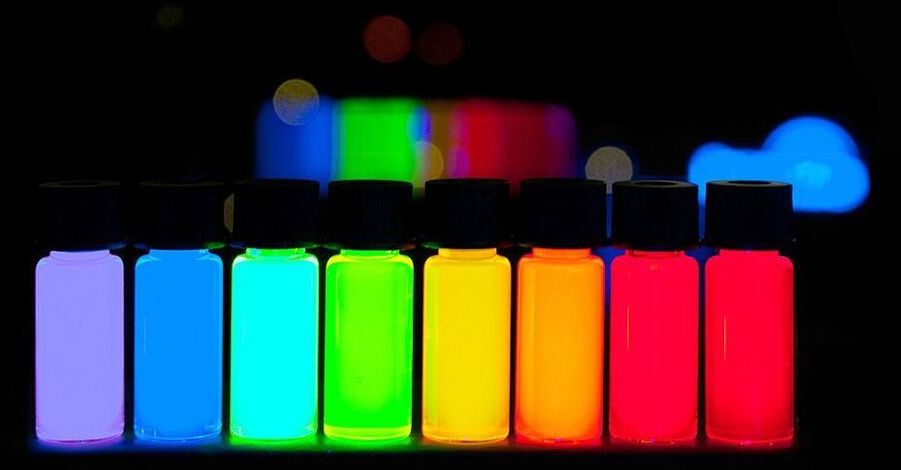Understanding how matter interacts with light—its optical properties—is critical in a myriad of energy and biomedical technologies, such as targeted drug delivery, quantum dots, fuel combustion, and cracking of biomass. But calculating these properties is computationally intensive, and the inverse problem—designing a structure with desired optical properties—is even harder.
Now Berkeley Lab scientists have developed a machine learning model that can be used for both problems—calculating optical properties of a known structure and, inversely, designing a structure with desired optical properties. Their study was published in Cell Reports Physical Science.
“Our model performs bi-directionally with high accuracy and its interpretation qualitatively recovers physics of how metal and dielectric materials interact with light,” said corresponding author Sean Lubner.










Comments are closed.